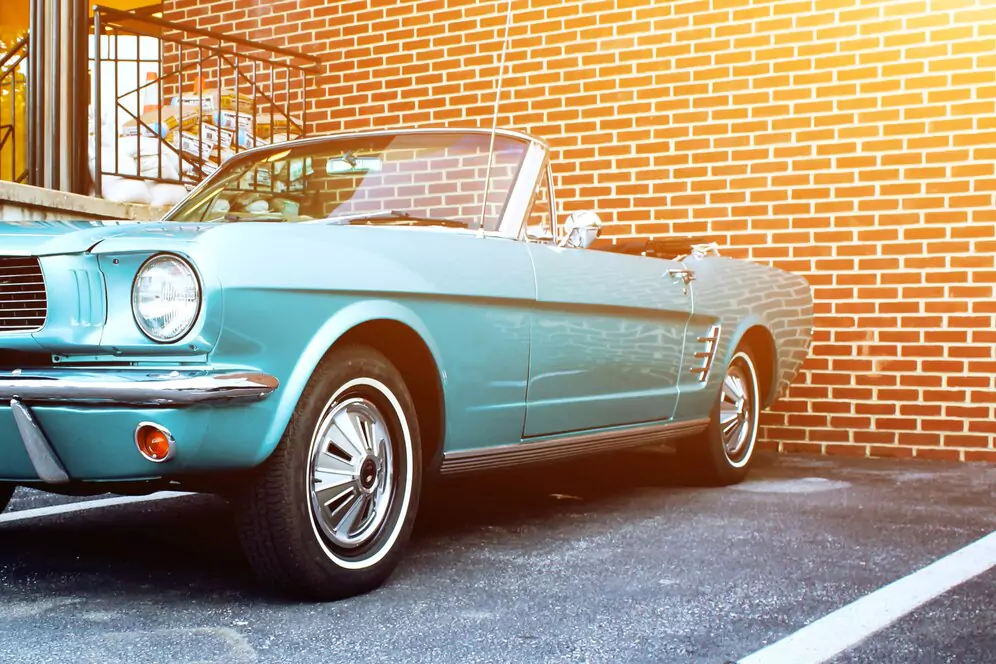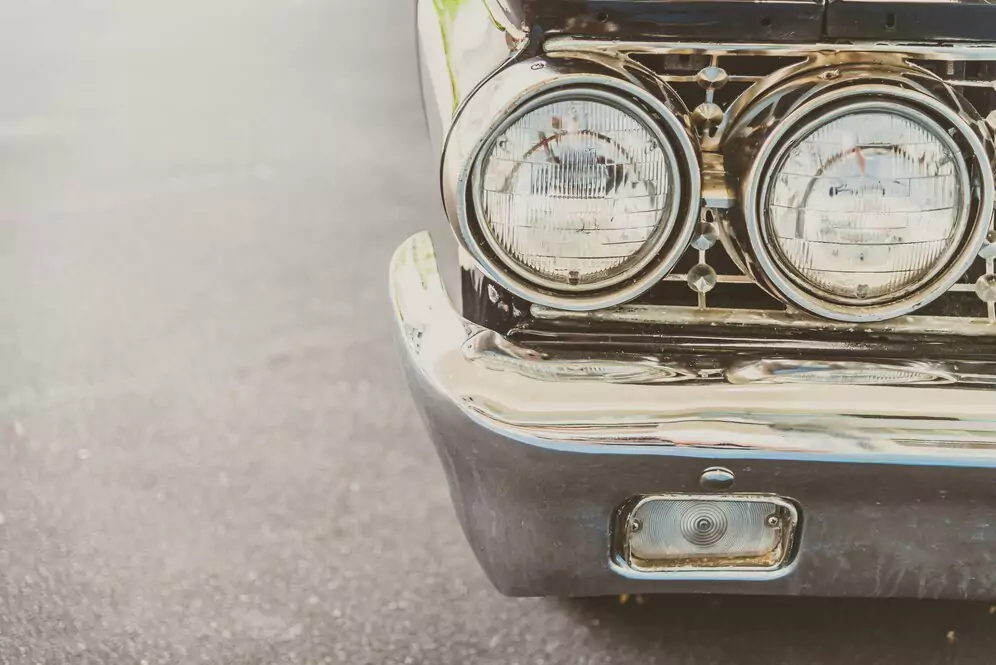When it comes to classic Italian scooters, few models evoke as a lot nostalgia and admiration because the Vespa Ciao and Vespa Bravo. Both are iconic in their very own proper, but they cater to one-of-a-kind tastes and functions. In this newsletter, we’ll delve into a detailed evaluation of the Vespa Ciao and Vespa Bravo, examining their layout, performance, and cultural significance to determine which model stands proud.
Historical Context
Vespa Ciao
Introduced in 1967, the Vespa Ciao turned into designed to cater to the burgeoning scooter marketplace of the late Nineteen Sixties. It became a reaction to the increasing demand for budget friendly, green, and fashionable non-public transportation. The Ciao changed into engineered as a lightweight scooter, focused on urban commuters and younger riders seeking out a fun and practical way to navigate town streets.
Vespa Bravo
The Vespa Bravo, then again, became released inside the early 1980s. This model was aimed at a extraordinary audience, reflecting the evolving tastes and technological improvements of the time. It turned into a sportier, extra aggressive layout as compared to the Ciao, catering to a more youthful demographic interested by velocity and performance.
Design and Aesthetics
Vespa Ciao
The Vespa Ciao is straight away recognizable because of its classic, minimalist layout. It functions a rounded, compact frame that exudes simplicity and elegance. The scooter’s design is characterised by way of its easy traces and a distinctive front grille. The Ciao’s frame is crafted from metal, contributing to its durability and strong build.
The scooter’s color options varied, however it become normally seen in colourful shades such as purple, blue, and yellow, reflecting the energetic spirit of the 1960s. Its small length and light weight make it an agile and maneuverable scooter, ideal for city environments.
Vespa Bravo
In evaluation, the Vespa Bravo sported a greater angular and competitive layout. The Bravo’s frame became designed with a extra present day aesthetic in mind, proposing sharper lines and a bulkier profile. This design displays the past due Seventies and early Nineteen Eighties traits, which leaned towards sportiness and a extra dynamic appearance.
The Bravo’s design additionally consists of functions like a larger the front fairing and a greater full-size rear section, contributing to its sportier look. The colour palette for the Bravo became diverse, along with bold and colourful colorings consisting of neon greens and blues, catering to a extra youthful and lively marketplace.
Performance and Engine
Vespa Ciao
The Vespa Ciao changed into equipped with a 50cc -stroke engine, which turned into typical for scooters of its technology. The engine became designed for performance and reliability in place of high performance. It provided a modest pinnacle pace of round 45-50 km/h (28-31 mph), which turned into adequate for metropolis commuting and short trips.
One of the standout functions of the Ciao become its simplicity. It had a manual transmission with a single-pace gearbox, making it sincere to operate. The Ciao’s engine become recognized for its reliability and ease of protection, characteristics that endeared it to many riders.
Vespa Bravo

The Vespa Bravo, then again, got here with a greater effective 50cc -stroke engine. The Bravo’s engine become designed to offer higher overall performance, with a top pace of approximately 60-sixty five km/h (37-40 mph). This made it more suitable for longer trips and quicker city commutes.
The Bravo additionally featured a more sophisticated transmission system with a semi-automatic gearbox. This allowed for smoother tools adjustments and better acceleration, catering to riders looking for a sportier experience. The Bravo’s engine and transmission setup made it greater flexible and able to managing loads of using situations.
Ride and Handling
Vespa Ciao
The Vespa Ciao turned into designed with city commuting in thoughts. Its light-weight body and compact length made it particularly maneuverable and smooth to handle in site visitors. The Ciao’s suspension machine, whilst simple, furnished ok comfort for metropolis driving and brief journeys.
The scooter’s small wheels and low seat peak made it accessible to a wide range of riders, including more youthful and less skilled people. The Ciao’s coping with became characterised by way of its agility and ease of use, which were key selling factors for its target audience.
Vespa Bravo
The Vespa Bravo, with its sportier layout, presented a distinctive riding revel in. Its larger wheels and greater strong suspension system contributed to a smoother journey, mainly on choppy surfaces. The Bravo’s managing changed into precise and responsive, making it properly-perfect for riders who preferred a extra dynamic and engaging driving revel in.
The Bravo’s design also allowed for higher stability at better speeds, making it a extra versatile scooter for each city and open-avenue using. Its sportier suspension and braking gadget supplied improved control and safety, catering to a greater performance-oriented rider.
Cultural Significance
Vespa Ciao
The Vespa Ciao is often seen as a symbol of Sixties Italian layout and teens culture. Its appearance in numerous films and classified ads of the era solidified its status as an icon of the time. The Ciao represented a experience of freedom and fashion, attractive to a era that valued each aesthetics and practicality.
The Ciao’s simplicity and reliability made it a favourite amongst young riders and metropolis dwellers. It have become a cultural touchstone for an era marked by using rapid exchange and a desire for non-public mobility.
Vespa Bravo
The Vespa Bravo, with its extra modern and competitive layout, captured the spirit of the 1980s. It became related to a sense of younger insurrection and a preference for velocity and overall performance. The Bravo’s look in famous media and its affiliation with the rising popularity of sporty scooters helped cement its area in scooter way of life.
The Bravo represented a shift toward greater performance-oriented scooters, reflecting the converting tastes of a brand new era. Its layout and performance features appealed to those looking for a extra interesting and dynamic riding experience.
Conclusion
Both the Vespa Ciao and Vespa Bravo keep sizable places within the records of Italian scooters, each representing a distinct era and set of values. The Vespa Ciao, with its conventional design and emphasis on simplicity, appeals to people who recognize vintage appeal and urban practicality. The Vespa Bravo, with its sportier design and progressed performance, caters to riders seeking a greater dynamic and adventurous revel in.
Choosing among the two in the long run comes down to non-public preference and meant use. For folks that price conventional aesthetics and a dependable, easy-to-hold scooter, the Vespa Ciao is a undying desire. For folks who prioritize performance and a more modern design, the Vespa Bravo offers a thrilling ride with a modern-day facet.













